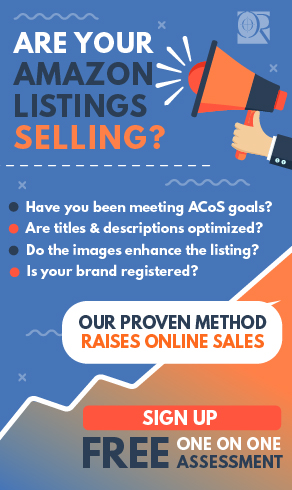What is Bing Shopping and Can It Help You?
 This past spring, Bing ended its Scroogled ad campaign, which set out to harm Google’s credibility as a reputable search engine, but that doesn’t mean that Bing’s pulled back on competing against the massive corporation.
This past spring, Bing ended its Scroogled ad campaign, which set out to harm Google’s credibility as a reputable search engine, but that doesn’t mean that Bing’s pulled back on competing against the massive corporation.
Bing originally coined the term “Scroogled” to shed light on what happened to web surfers who used Google Shopping to compare prices of various retailers. Google Shopping had recently begun to only list merchants who had paid Google, thus Bing argued that consumers weren’t getting the true “low prices.”
Bing Shopping also offers the option for retailers to pay for their listing, however, they claim that they include free merchant prices as well. This all sounds like a good thing for consumers – why wouldn’t they want to flock to the search engine that truly uncovers the lowest prices?
However, did Bing’s Scroogled campaign work? Are people using Bing Shopping over Google Shopping? If so, then certainly your business wants to get involved. According to Bing, 93 million unique searchers use this alternative search engine, so perhaps it’s worth your time and effort, right? First, let’s look at how to get involved with Bing Shopping.
Getting started with Bing Shopping
There are two ways to get started. You can go through Bing’s recommended approach – their eBay Commerce Network (Shopping.com) – which Bing claims gives you higher visibility (paid offers get more attention, like Google), and an easy way to manage your feeds. You can also submit your feed directly to Bing, by downloading their Merchant Integration Guide, which can be found here.
Bing and Amazon
This heading should really be called Google and Amazon, because one of the issues that Google Shopping users face is the absence of Amazon in Google Shopping results. That’s because Amazon doesn’t pay Google to be listed, so perhaps Bing is right… consumers are getting Scroogled.
However, how well does Bing live up to the promise of showing the best results, including from Amazon? An unbiased test of 10 separate items, searched on both Bing and Google, came up with the following results:
- Google actually showed the lowest price, still, nearly 2/3 of the time
- Bing did show Amazon listings, though not consistently, and when Amazon was listed, the price was incorrect. This is likely because Amazon is known for consistently changing prices, thus Bing has not proven its capability of sensing live price drops
Don’t forget Wal-Mart
Wal-Mart is a lot like Amazon – meaning it doesn’t show up on Google Shopping results. What this means for consumers is if they use Google Shopping, but really want to find the “best price,” then they’ll have to go to Amazon and Wal-Mart afterwards to make sure they got the best price online.
Bing tries to call itself the one-stop shop. With Bing Shopping, you can have your Amazon and Wal-Mart cake, and eat it too. This should attract more users to Bing Shopping for the ease of use, but numbers suggest otherwise.
It’s free, so why not?
Even if Bing Shopping isn’t performing the way it likely wants to, people do still use it. Plenty of people do. While you may not get a great listing position by submitting your own feed to Bing, this might be your best bet. It doesn’t require any financial commitment on your part, and at least you’re diversifying your reach.
However, it’s also important to know your target market. There are large groups of people out there who prefer Bing over Google. Is your market one of these groups? If so, then it’s worth investing money into your product-listing placement with Bing. The best way to determine how to use Bing Shopping in concert with (or instead of) Google Shopping, is to work with someone who understands the complexities of ecommerce marketing. Learn how OperationROI can create the most effective ecommerce marketing portfolio for you by calling us at 1-888-277-5429 or by filling out our contact form.






